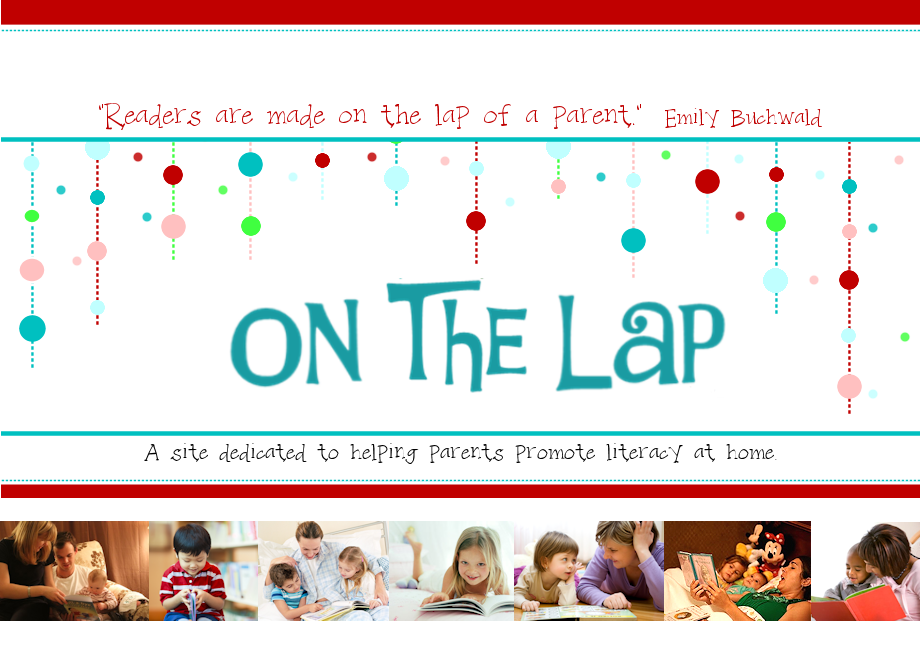
When this book was originally published in 2001, the Guardian book review at the time called it an "instant classic." This immediately put the book on a pedestal and gave it a level of expectation that it needed to live up to.
And live up to it, it does! In our house, this book is a firm favourite. As the family travel to the lake on a day which is "hot, hot, hot!", a number of mechanical disasters happen to the car, none of which are easily put right, but which are fixed by the family pulling together and using the mterials that they have to hand. As you might imagine, this gives a fantastical edge to what is otherwise a very simple plot.
The fact that all the children have to participate in mending the mechanical issues gives it a child-centered nature and it is the baby that saves the day as she fixes the most serious of all the problems, a problem that has the older children and Dad giving up all hope of ever getting to the lake.
This book is truly "audience participation." When you read it aloud the verse is wonderful and the rhythm truly makes it a delight to read. The children find it fun to listen to and you will find them chipping in and reciting whole chunks as you go along, such is the simplistic nature of the rhyme. The repetitive nature of the narration ("they didn't go fast and they didn't go far")
The artwork is bold and detailed, with bold colours and good characterisation. Jill Barton’s spirited, expressive illustrations add to the gigh calibre of the book, wholst the bold typeface makes it easy to read, even in bedrooms with the lights turned low.
The artwork is bold and detailed, with bold colours and good characterisation. Jill Barton’s spirited, expressive illustrations add to the gigh calibre of the book, wholst the bold typeface makes it easy to read, even in bedrooms with the lights turned low.
However, the most amazing thing about this book is the strong onomatopoeic quality of the rhymes. Root invents her own sounds and noises, showing a word creativity that is appreciate by parents and children alike. This fun element gets repeated out loud to great aplomb: who can beat "BING BANG POP!" being shouted by delighted, excited children :) This creativity with the language of the book means it is less likely for the reader to get bored on their fourth or fifth read through in a row, as the children will surely call for. Another plus point for the boredom factor is that the book is relatively short, making it a good read for fidgety toddlers and older children alike.
You could easily read this book to a small child and an older toddler alike. The onomatopoeias will delight one and all if you put expression and enthusiasm into your reading. The official guidelines suggest 0-3 and also 4-6, this older age range being supplemented by writing lessons and related activities. It's a truly versatile read.
If your children love this there are a number of reading guides and lessons that can be accessed on the internet, such as this one from the Minnesota Humanities Center. You could also read Phyllis Root's "Flip, Flap, Fly" for more linguistic fun.

No comments:
Post a Comment